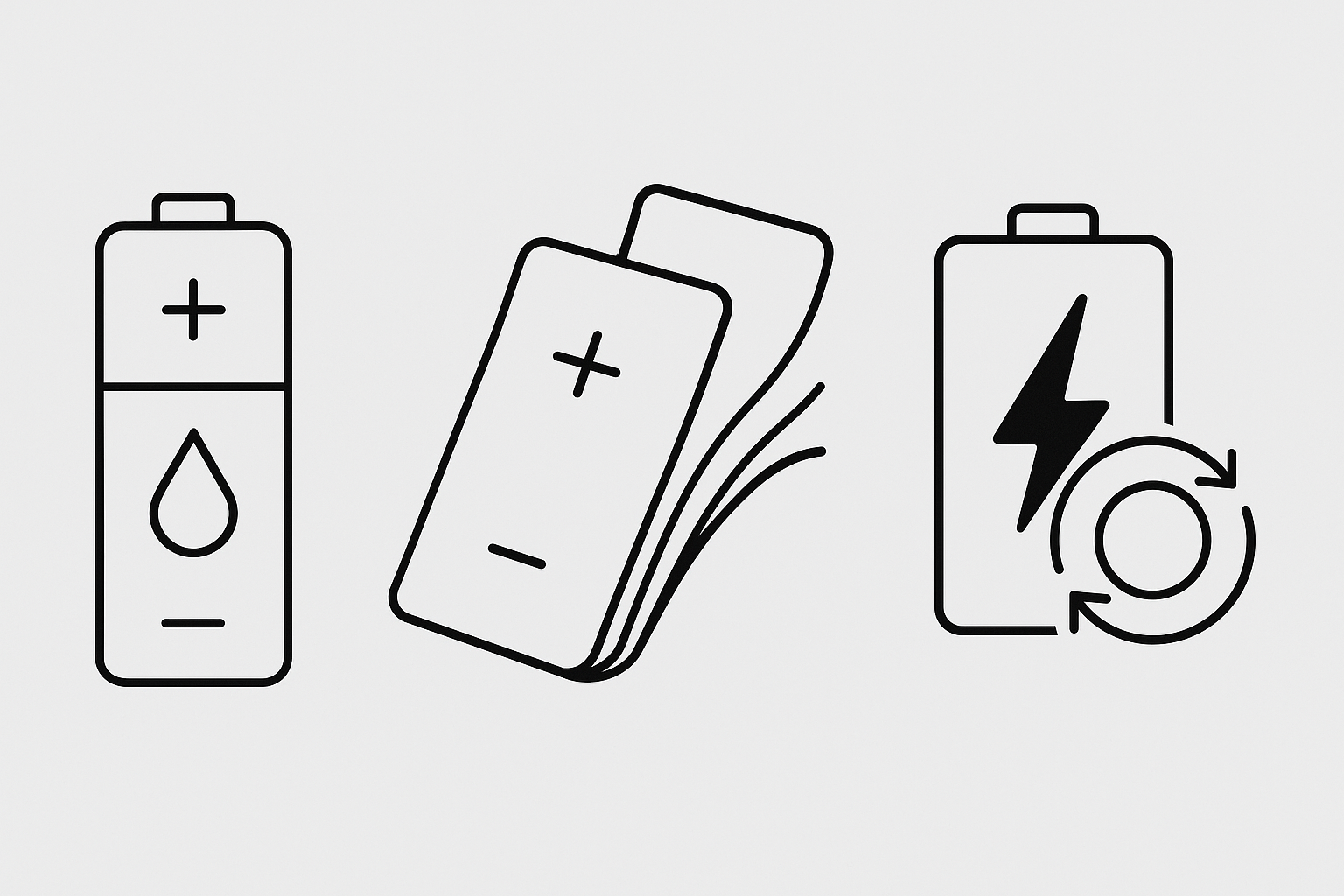Battery technology is evolving fast — powering our devices, cars, and future tech. Researchers and startups are pushing the limits with innovative new designs, including liquid-like flexible batteries, biodegradable paper batteries, and breakthroughs in electric vehicle (EV) battery recycling.
These advances promise lighter, safer, and more sustainable energy storage, addressing critical challenges like flexibility, environmental impact, and resource scarcity.
What’s Happening & Why This Matters
Liquid-Like Batteries for Flexible Tech
Scientists at Linköping University in Sweden have developed a battery with a toothpaste-like, liquid consistency. Unlike rigid traditional batteries, this design bends and twists, allowing energy storage in flexible form factors.
They powered an LED light successfully while twisting and stretching the battery. This breakthrough opens new possibilities for foldable phones, bendable laptops, and wearable tech, where rigid batteries limit design.
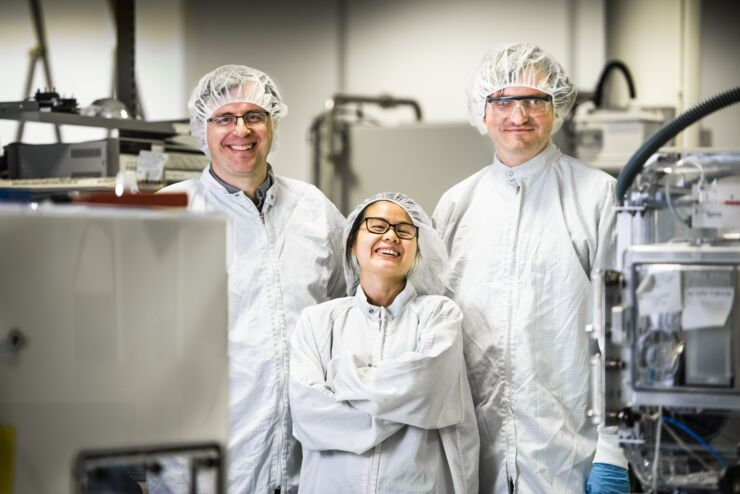
Though the current prototype delivers only 0.9 volts, researchers are exploring metals like zinc and manganese to increase voltage and capacity. This technology could allow batteries to fit into unusual spaces, such as smartwatch straps or flexible device components.
Paper Batteries: Sustainable, Flexible, and Safe

At CES 2025, Singapore startup Flint introduced rechargeable paper batteries made from cellulose, zinc, and manganese. These batteries are biodegradable and compostable, breaking down naturally when exposed to the elements.
Flint’s paper batteries remain functional even when punctured or bent. They are also designed to be non-flammable, reducing the fire risks associated with lithium-ion batteries.
With $2 million in funding, Flint plans to commercialize these low-cost batteries by year-end. The company projects costs below $50 per kilowatt-hour, substantially cheaper than traditional lithium-ion batteries.
Flint’s technology draws interest ranging from electric vehicles to consumer electronics and space applications — all in need of versatile, eco-friendly batteries for the future.
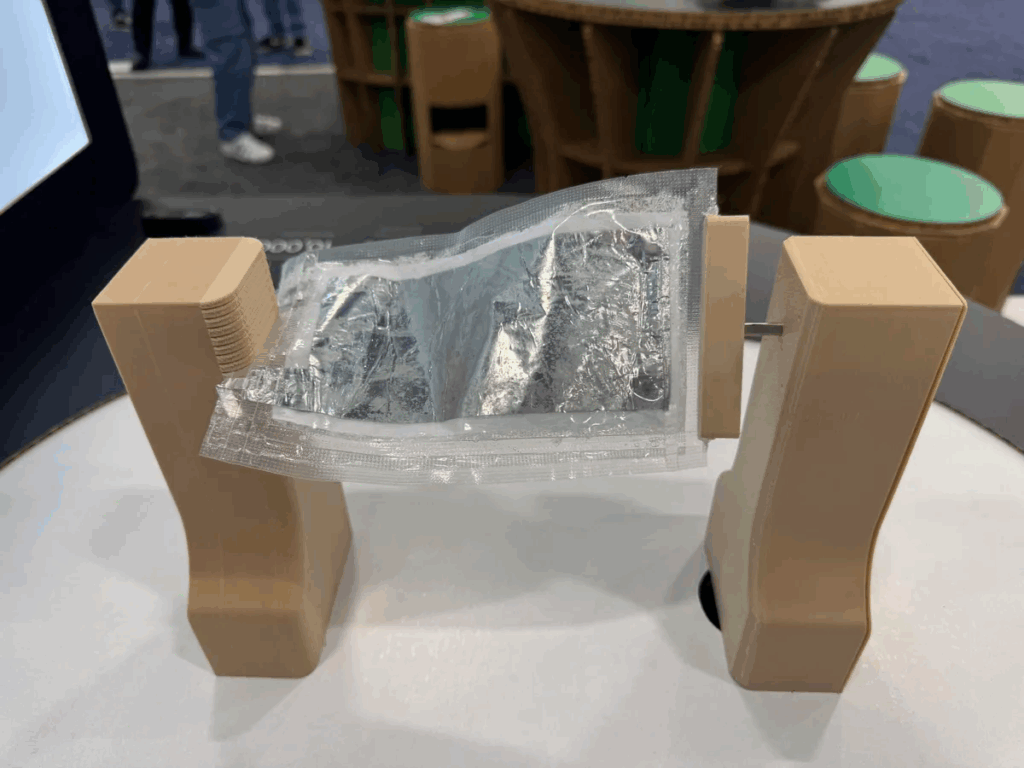
Recycling EV Batteries: Closing the Loop

As electric vehicle adoption skyrockets, battery recycling becomes vital to secure critical minerals like lithium, nickel, cobalt, and graphite.
UK-based company Altilium leads efforts to recover these materials using a hydrometallurgical process that dissolves old battery “black mass” and extracts valuable metals individually. This process offers a cleaner alternative to traditional high-emission pyrometallurgy.
Altilium plans to supply recycled materials for new battery production, aiming for a circular economy that minimizes mining and environmental damage.
The International Energy Agency (IEA) estimates that by 2050, better recycling could reduce the need for new mineral mining by 40%. EU regulations starting in 2025 will enforce stricter recycling efficiency and content standards.
Recycling addresses environmental goals and enhances energy security by reducing dependency on imported minerals, which is critical given global geopolitical shifts.
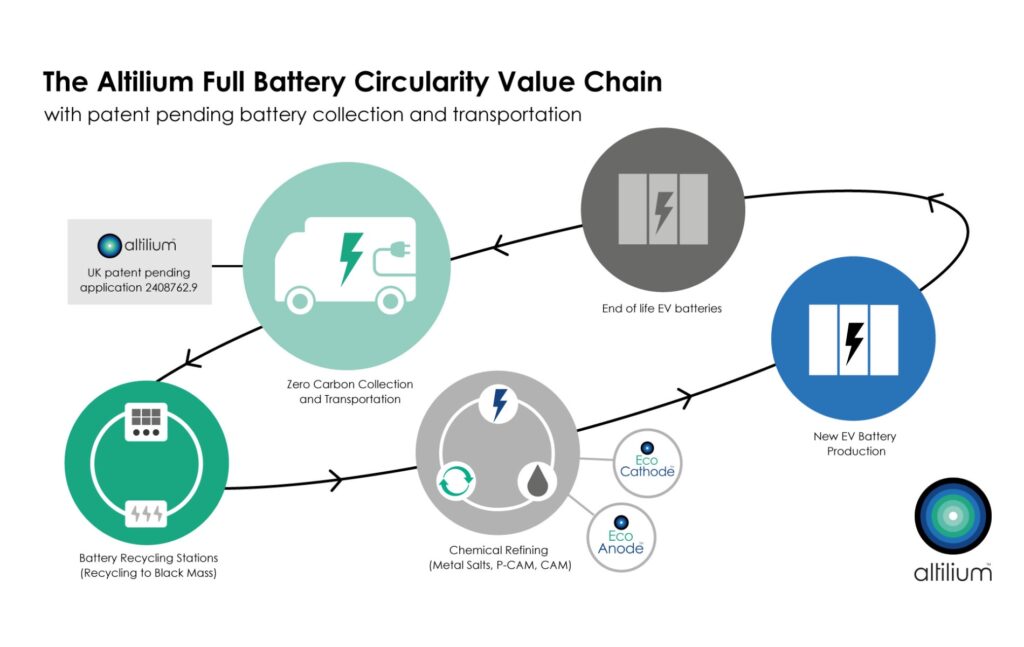
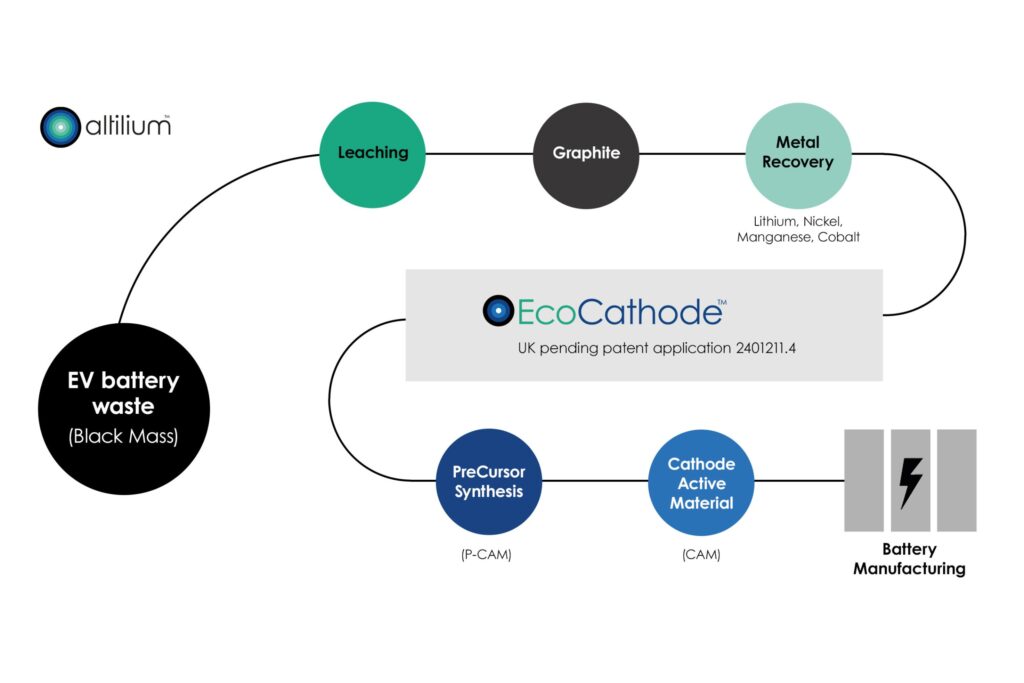
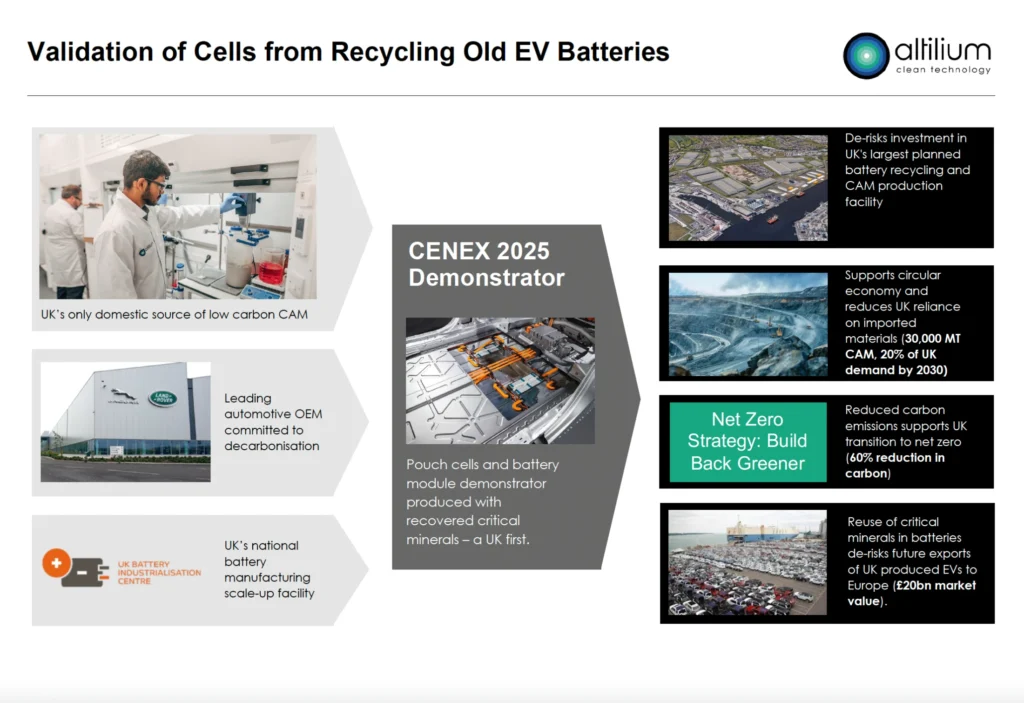
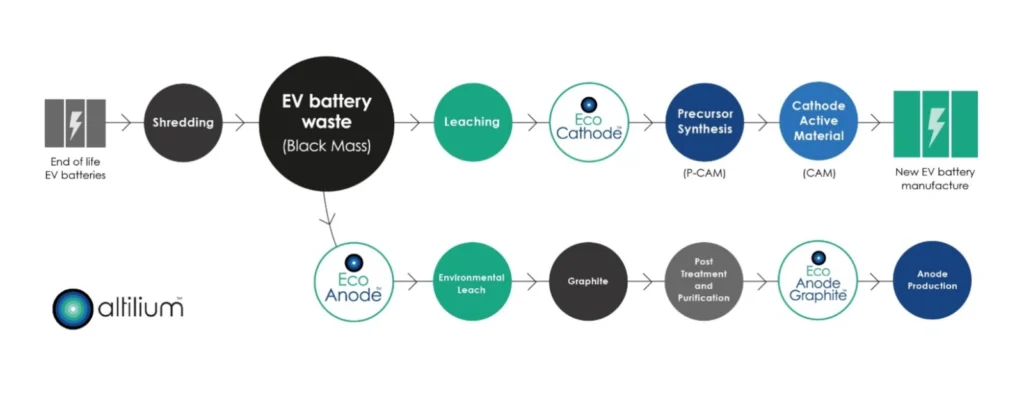
TF Summary: What’s Next
Battery technology is advancing on multiple fronts, combining flexibility, sustainability, and circularity. Liquid and paper batteries open new design possibilities, while efficient recycling ensures critical materials are recovered and reused.
These innovations support cleaner energy, safer products, and more sustainable supply chains, which are vital for a greener future and energy independence.
— Text-to-Speech (TTS) provided by gspeech


